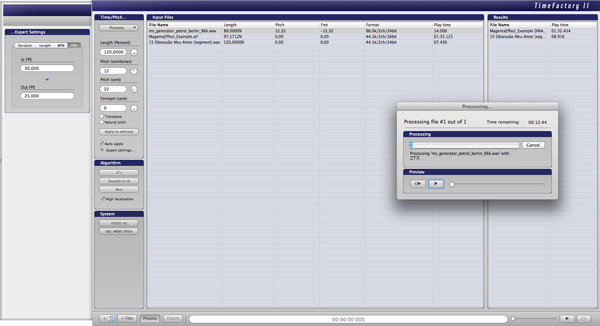

Which is something that ORANGE VOCODER excels at.

Intelligibility is key when transforming speech using a vocoder. Use the synth instead of the side-chain? Click on Synth, done.

Want to swap Carrier and Modulator signals? Hit Flip. The vocoder engine's Carrier and Modulator inputs can be sourced from the plug-in input, a side-chain input, and the internal synth, and changing the routing is as simple as clicking one or two switches.

You can play the synth via MIDI, or tell it which notes to play using the on-screen keyboard. Add a distortion circuit that is so warm sounding that you'll break a sweat, throw in dual LFOs and an envelope follower and start tweaking. Choose between analogue emulation and sampled waveforms, and use the included 4-pole low-pass filter for shaping them. The integrated virtual analogue synth features two oscillators with ring-mod and hard-sync. The unique MR 1st order, MR 2nd order and MR 3rd order Multi-Resolution modes use wavelet transform mathematics to provide frequency-dependent time resolution and sounds ranging from extremely natural to completely synthetic, while Colorize applies the Modulator's phase response in addition to its frequency amplitude data, for a wild cross-synthesis effect. The ORANGE VOC 3 and Classic ORANGE algorithms give you the state-of-the-art ORANGE VOCODER algorithm, as well as its digital classic counterpart from the original plug-in from 1998. Two different 24-band analogue emulations give you classic vocoder sounds in linear and minimum phase. ORANGE VOCODER doesn't just give you one great vocoder sound, it gives you eight.


 0 kommentar(er)
0 kommentar(er)
